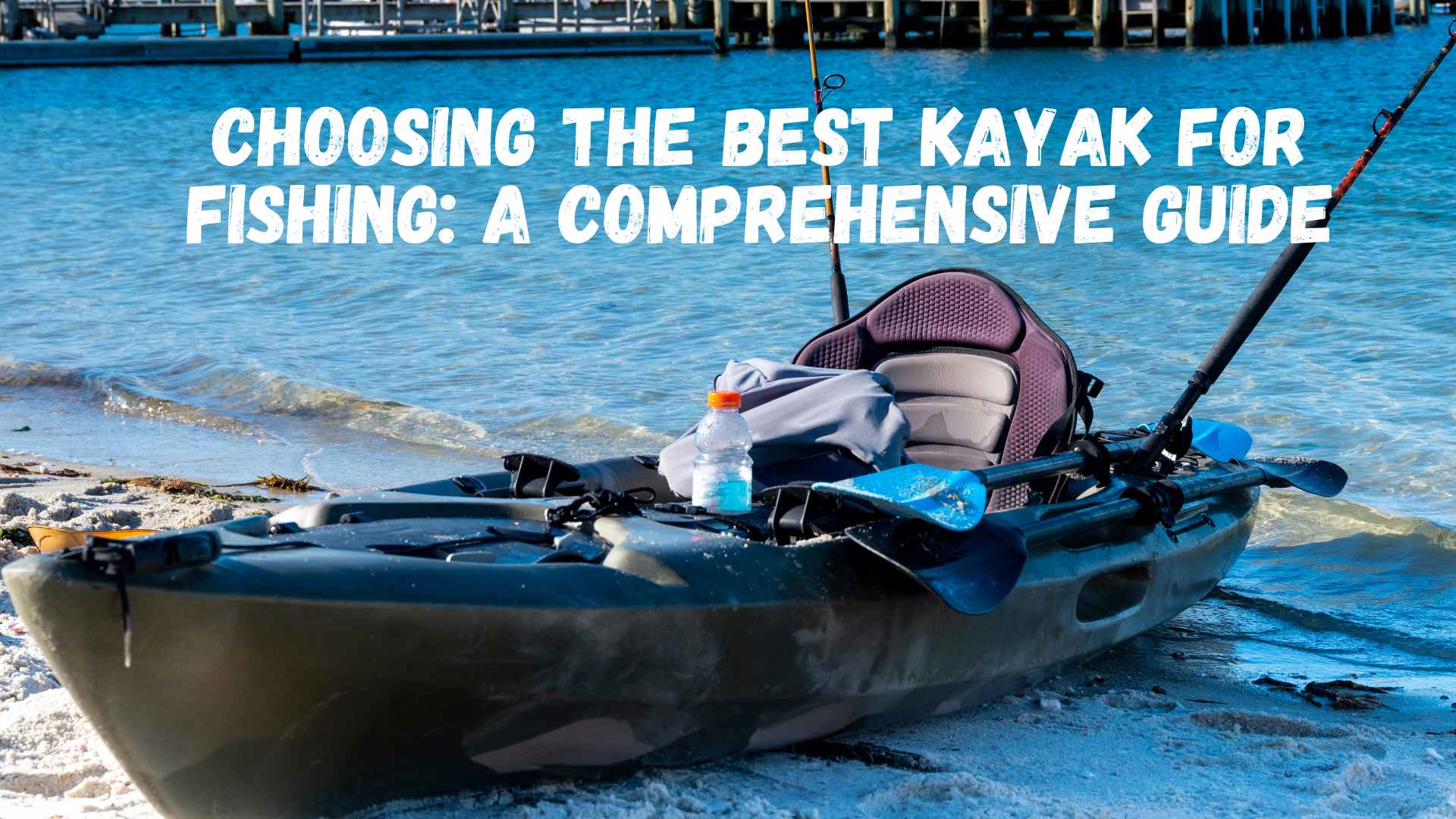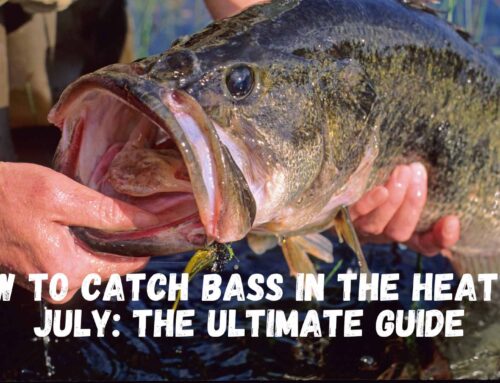So, you’ve decided to combine the tranquility of kayaking with the thrill of fishing. Good choice! But how do you choose the best kayak for your angling adventures? Here’s an in-depth guide to help you navigate through the options and find the perfect fishing kayak for your needs.
1. Types of Fishing Kayaks
There are two main types of fishing kayaks: sit-on-top and sit-inside. Each has its pros and cons.
- Sit-On-Top Kayaks: These are the most popular for fishing. They are stable, easy to get on and off, and provide ample storage space for your gear. They are also self-bailing, which means any water that splashes in will drain out automatically. These kayaks are ideal for warm climates and open waters where getting wet isn’t a concern.
- Sit-Inside Kayaks: These offer better protection from the elements, which can be a plus in colder waters. They are also generally lighter and easier to paddle. However, they offer less mobility and storage space compared to sit-on-top kayaks. Sit-inside kayaks are better suited for rivers and colder weather conditions where staying dry is essential.
2. Stability vs. Speed
Fishing kayaks prioritize stability over speed. Look for a kayak with a wider hull, as this will provide more stability, allowing you to stand up and cast if needed. While wider kayaks are slower, the trade-off for stability is worth it for most anglers. Stability is crucial for reeling in larger fish and for anglers who prefer to stand while casting.
- Primary Stability: Refers to how stable the kayak feels when you first get in. A kayak with good primary stability will feel steady on calm water.
- Secondary Stability: Refers to how stable the kayak feels when it is leaned on its side. This is important for handling rough waters or when turning sharply.
3. Length and Width
The length and width of the kayak will affect its performance.
- Length: Longer kayaks (12-14 feet) track better and move faster in the water, making them suitable for covering long distances and open waters. Shorter kayaks (10-12 feet) are more maneuverable and easier to transport, making them ideal for small lakes, rivers, and tight spaces.
- Width: Width is crucial for stability. A wider kayak (over 30 inches) will be more stable but slower. If you prioritize stability for standing and casting, go for a wider kayak.
4. Weight Capacity
Consider the weight capacity of the kayak. This includes your body weight and the weight of your gear. Make sure to choose a kayak that can handle your total weight to ensure stability and safety. Overloading a kayak can make it unstable and difficult to paddle.
- Lightweight Kayaks: Ideal for solo anglers who don’t carry a lot of gear.
- High-Capacity Kayaks: Necessary for larger anglers or those who carry a significant amount of gear and accessories.
5. Storage and Accessories
Fishing requires a lot of gear, and your kayak should have enough storage options to accommodate it. Look for kayaks with built-in rod holders, tackle storage, and space for coolers. Some kayaks even come with mounting points for fish finders, GPS units, and other accessories. Here are some essential features to consider:
- Rod Holders: Ensure your kayak has enough rod holders, both for storage and for active fishing.
- Tackle Storage: Compartments or tackle boxes within easy reach.
- Bungee Cords: For securing larger items like coolers or tackle bags.
- Accessory Mounts: For attaching additional equipment such as cameras, GPS units, or fish finders.
- Anchor Systems: To keep your kayak in place while fishing.
6. Pedal vs. Paddle
Traditional kayaks are paddled, but pedal-driven kayaks are becoming increasingly popular among anglers. Pedal kayaks allow you to move hands-free, which is a significant advantage when fishing. However, they are generally more expensive and heavier than paddle kayaks.
- Pedal Kayaks: Great for covering more water without tiring your arms, and allow for hands-free fishing. Ideal for anglers who need to navigate through strong currents or cover large fishing areas.
- Paddle Kayaks: Lighter and often less expensive. They offer a more traditional kayaking experience and are easier to transport and store.
7. Inflatable vs. Hardshell
Both inflatable and hardshell kayaks have their advantages.
- Inflatable Kayaks: Easier to store and transport. Modern inflatable kayaks are durable and provide good stability. They are ideal for anglers with limited storage space or those who need to carry their kayak to the water.
- Hardshell Kayaks: Generally more durable and offer better performance in terms of speed and tracking. They are suitable for serious anglers who frequently fish in various water conditions.
8. Transport and Storage
Consider how you will transport and store your kayak. If you have limited space or drive a smaller vehicle, you might opt for a lighter, shorter kayak. Inflatable kayaks are also an option for those with limited storage space, though they may not offer the same performance as hard-shell kayaks.
- Rooftop Carriers: For vehicles with roof racks.
- Trailer: For larger or multiple kayaks.
- Storage Racks: To keep your kayak off the ground and prevent damage.
9. Budget Considerations
Fishing kayaks come in a wide range of prices. Determine your budget and prioritize the features most important to you. While it’s tempting to go for the cheapest option, investing in a quality kayak can make a significant difference in your fishing experience.
- Entry-Level Kayaks: Affordable and suitable for beginners.
- Mid-Range Kayaks: Offer a good balance of features and price.
- High-End Kayaks: Packed with features and built for serious anglers.
10. Try Before You Buy
If possible, try out different kayaks before making a purchase. Many retailers and outfitters offer demo days where you can test various models. This hands-on experience can help you determine which kayak feels most comfortable and meets your needs.
Choosing the best kayak for fishing involves balancing your needs for stability, storage, and mobility. By considering the type, size, weight capacity, and additional features, you can find a kayak that will make your fishing adventures enjoyable and successful.
Follow us on social media for more fishing tips and outdoor adventures:
- Facebook: Outdoor Crusade Facebook
- Instagram: Outdoor Crusade Instagram
- Twitter: Outdoor Crusade Twitter
- YouTube: Outdoor Crusade YouTube
- TikTok: Outdoor Crusade TikTok


